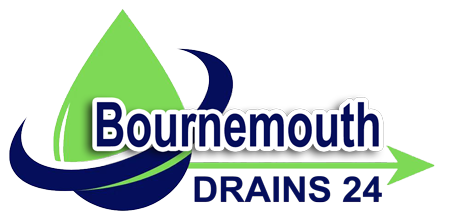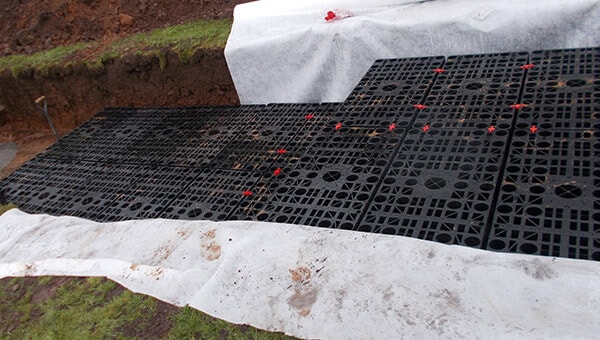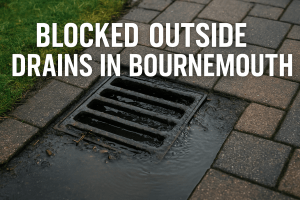At Bournemouth Drains24, we recognize that managing excess rainwater and wastewater efficiently is essential for maintaining the functionality of your property. One effective solution is the installation of a soakaway system. In this blog post, we’ll delve into what a soakaway is, the installation process, its benefits, and the differences between wastewater and rainwater soakaways.
What is a Soakaway?
A soakaway system is an underground structure designed to collect rainwater runoff or treated wastewater from your property and facilitate its gradual infiltration back into the ground. This helps prevent surface water flooding and reduces pressure on public drainage systems, making soakaways a smart choice for homeowners in Bournemouth.
Types of Soakaways
- Wastewater Soakaways: These soakaways (also known as drainage fields) are always connected to a septic tank or sewage treatment plant. They consist of a series of perforated pipes laid in trenches within a designated area, usually in gardens or designated land. The surrounding area is often covered with stones or gravel and turf, allowing treated wastewater to be discharged and absorbed by the surrounding soil efficiently.
- Rainwater Soakaways: These systems are designed to handle excess rainwater runoff. Rainwater soakaways usually utilize plastic modular storage cells, commonly referred to as soakaway crates. These crates are placed in a pit on your property and connected to gutters or French drains to collect rainwater. The crates allow for efficient storage and gradual release of rainwater back into the ground.
Benefits of Soakaway Systems
- Flood Prevention: Soakaways effectively manage surface water, significantly reducing the risk of flooding during heavy rainfall.
- Low Environmental Impact: By allowing rainwater and treated wastewater to percolate back into the ground, soakaways promote groundwater recharge and help maintain local ecosystems.
- Cost-Effective: Installing a soakaway can be more economical than traditional drainage systems, especially since they minimize the need for extensive excavation and landscape restoration.
- Minimal Maintenance: Once installed, soakaways require minimal ongoing maintenance, as long as they are kept clear of debris and functioning properly.
The Installation Process
Installing a soakaway involves a systematic approach:
- Site Assessment: Our team conducts a detailed evaluation of your property to determine the best location for the soakaway, taking into account drainage patterns, soil type, and proximity to existing structures.
- Excavation: We excavate the area designated for the soakaway, ensuring sufficient space for the system to operate effectively.
- Base Preparation: A layer of gravel or aggregate is laid at the bottom of the soakaway to facilitate drainage and support the weight of the structure.
- Installation of Soakaway Crates: The plastic modular soakaway crates are assembled and placed in the pit, ready to collect and disperse water.
- Connecting Pipes: The inlet pipes are connected to direct rainwater and treated wastewater to the soakaway, ensuring proper flow into the system.
- Backfilling: The area surrounding the soakaway is backfilled with soil and other materials to restore the surrounding landscape.
Conclusion
Soakaway systems provide an efficient method of managing rainwater and wastewater for properties in Bournemouth. At Bournemouth Drains24, we are committed to offering expert soakaway installation services to help you maintain a safe and functional drainage system.
If you’re considering installing a soakaway or need assistance with your drainage needs, contact us today! Our experienced team is ready to help you enhance the functionality of your property while protecting the local environment.




